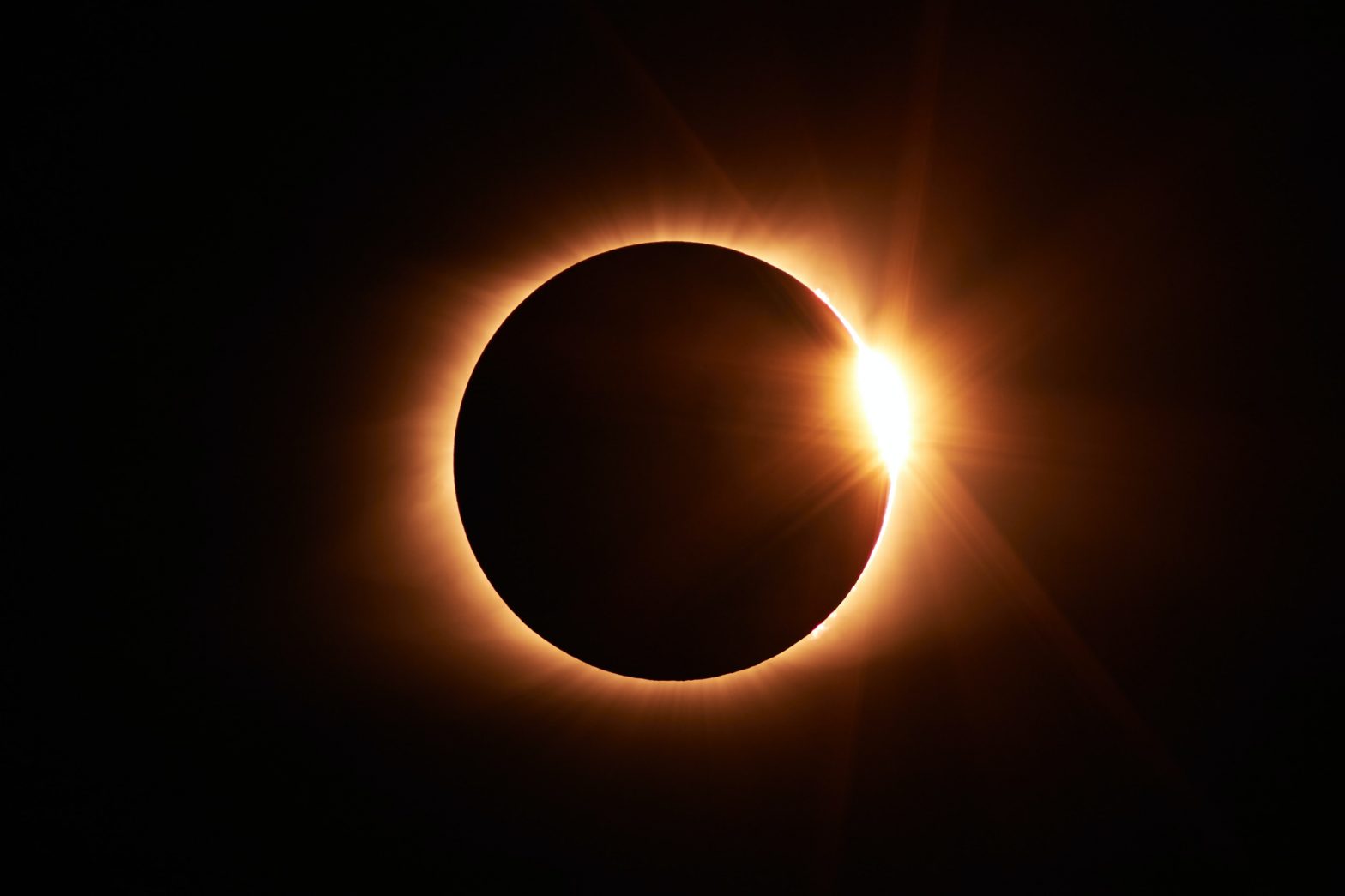A total solar eclipse will be visible from a region of North America stretching from Mexico to eastern Canada on April 8, 2024. A total solar eclipse occurs when the moon comes exactly between the Sun and the Earth, casting its shadow on a small patch of the Earth’s surface.
According to an AccuWeather report, eclipse expert Gordon Telepun said that there are many reasons why the 2024 eclipse will be seen by more people when compared to the most recent solar eclipse over the United States.
“It crosses larger cities, people who experienced the 2017 event will most likely want to see another eclipse, and people who ignored the 2017 eclipse and heard about what they missed will make an effort to get to the path this time,” Telepun said.
For a few brief but spectacular minutes, those who are on or near the “path of totality” will see the moon slowly slide in front of the sun, reducing it to a thin crescent and finally blotting it out completely.
Also Read | Video: Erling Haaland scores a bicycle kick vs Southampton, takes Premier League goal tally to 30
The cities located in the path of totality are San Antonio, Dallas, Indianapolis, Cleveland, and Montreal. People living in cities like New York City and Chicago can drive just a few hours to get to the narrow zone where the total eclipse can be seen.
A wispy outer atmosphere of the sun called the corona, is visible during totality, while the landscape below turns nearly dark.
Also Read | Harlan Crow’s Adolf Hitler paintings and Nazi memorabilia pictures surface on social media: Watch
The “Great American Eclipse” crossed the United States on August 21, 2017, giving many Americans a chance to witness their first solar eclipse and now millions more are likely waiting. The 2017 eclipse was a cross-country affair, with a path of totality spanning the Pacific and Atlantic oceans.
The total duration of the 2024 eclipse will be much longer than the 2017 eclipse, but it can vary from one location to another. The eclipse will last around 4 minutes and 20 seconds in areas of Texas northwest of Austin and southeast of Dallas.
However, it will be much shorter in cities like 3 minutes and 50 seconds in Dallas, 1 minute and 40 seconds in Austin, 3 minutes and 50 seconds in Cleveland, and 3 minutes and 16 seconds in Burlington, Vermont.
The next total solar eclipse visible from the contiguous United States will not occur until August 22, 2044, followed by another on August 12, 2045.







